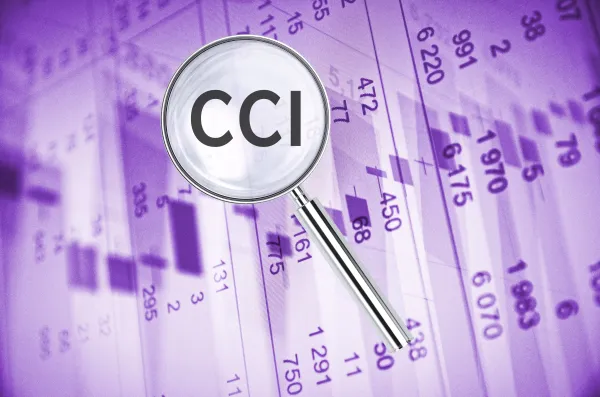Avert Arthrocentesis/Aspiration/Injection Denials with these Tips
Anatomy is crucial to coding these claims. PM practices that perform arthrocentesis, aspiration, or injection to a joint or bursa need to be ready to go deep into the details in order to code correctly. Why? If you choose the improper code - either by getting the anatomy wrong or choosing the incorrect joint/bursa size - you'll face denial, underpayment, or some other headache you don't need. Help's here: Use this shot of knowledge from a pair of experts to settle on the surest code for each of your provider's joint and bursa arthrocentesis/aspiration/injection claims. Know These Terms First, you should make sure you've got your terminology right. For coding purposes, here are the definitions of arthrocentesis, aspiration, and injection: Arthrocentesis: "A procedure using a needle or syringe to remove fluid from a joint," explains Peggy Stilley, CPC, CPC-I, CPMA, CPB, COGBC, revenue integrity auditor for Oklahoma Sports Orthopedics Institute in Norman. Aspiration: "There are multiple definitions [of aspiration] within the area of medicine," says Yvonne Dillon, CPC, CEDC, director of emergency department services at Bill Dunbar and Associates, LLC in Indianapolis, Indiana. "One is the removal of fluid or cells from a body cavity via suction, such as with a trocar or needle and syringe. Another would pertain to the act of [the patient] inhaling a foreign body/fluid into the lungs or bronchi." Injection: "The process of delivering a liquid substance into a body via needle and syringe, such as the administration of medications," Dillon continues. You can check for these techniques on the operative note to make sure that your provider performed one of the three above services on a patient's joint/bursa. Keep Size in Mind CPT® instructs coders to use 20600 (Arthrocentesis, aspiration and/or injection, small joint or bursa (eg, fingers, toes); without ultrasound guidance) or 20604 (... with ultrasound guidance, with permanent recording and reporting) for arthrocentesis/aspiration/injection of a small joint or bursa. The descriptors for both codes list fingers or toes as examples of small joints. That's a little vague, but Dillon offers more of an explanation on 20600 and 20604. According to Dillon, you should consider the following as "small" joints/bursae, for coding purposes: Level Up for Intermediate Joint/Bursa When the PM specialist performs arthrocentesis/aspiration/injection on an intermediate joint/bursa, CPT® instructs coders to use 20605 (Arthrocentesis, aspiration and/or injection, intermediate joint or bursa (eg, temporomandibular, acromioclavicular, wrist, elbow or ankle, olecranon bursa); without ultrasound guidance) or 20606 (... with ultrasound guidance, with permanent recording and reporting). The descriptors for these codes list temporomandibular, acromioclavicular, wrist, elbow, or ankle as possible intermediate joints. Experts had some advice on how to identify intermediate joints when one of the aforementioned terms isn't in the notes. "There is an [intermediate] bursa in the foot - between the calcaneus and the Achilles tendon," offers Stilley. Dillon adds that payers might also consider the following joints intermediate: sternoclavicular, subtalar, talocalcaneonavicular, and facet joints - though Dillon calls the facet joint designation "debatable." Best bet: If you're unsure about the "size" of a joint or bursa, check with the provider to zero in on the correct measurement. Major Joints Mean Jump to 20610, 20611 CPT® instructs coders to use 20610 (Arthrocentesis, aspiration and/or injection, major joint or bursa (eg, shoulder, hip, knee, subacromial bursa); without ultrasound guidance) or 20611 (... with ultrasound guidance, with permanent recording and reporting) for arthrocentesis/aspiration/injection of a major joint or bursa. The CPT® descriptors for these codes list shoulder, hip, knee, which is fairly comprehensive. When the PM specialist performs arthrocentesis/aspiration/injection on any of these three areas, you'll probably opt for a major joint/bursa code. Again, however, there is room for debate. If you have any doubt as to the status of a potentially major joint/bursa, check with the provider to sort it out. Make Sure You're Using the Right Code When you are deciding which arthrocentesis/aspiration/injection code you should use for your patient, be sure that you aren't neglecting codes that pertain to "another specific type of procedure, such as spinal cord injection, drainage or aspiration, explains Marilyn Holley, RHIT, CPC, CPC-I, pro-fee supervisor at HRS in Baltimore, Maryland. Best bet: If you see a more appropriate code, which is more specific to the arthrocentesis/aspiration/injection your provider performs, you might want to consider that code instead. Prove Medical Necessity for Guidance No matter which joint or bursa your provider treats, you'll likely need to prove ultrasound (US) guidance was medically necessary before choosing 20604, 20606, or 20611. Medicare, and third-party payers that follow Medicare's lead, requires documentation to prove medical necessity for the US guidance, explains Stilley. Stilley says documentation to support utilization of US guidance should include one or more of the following:




